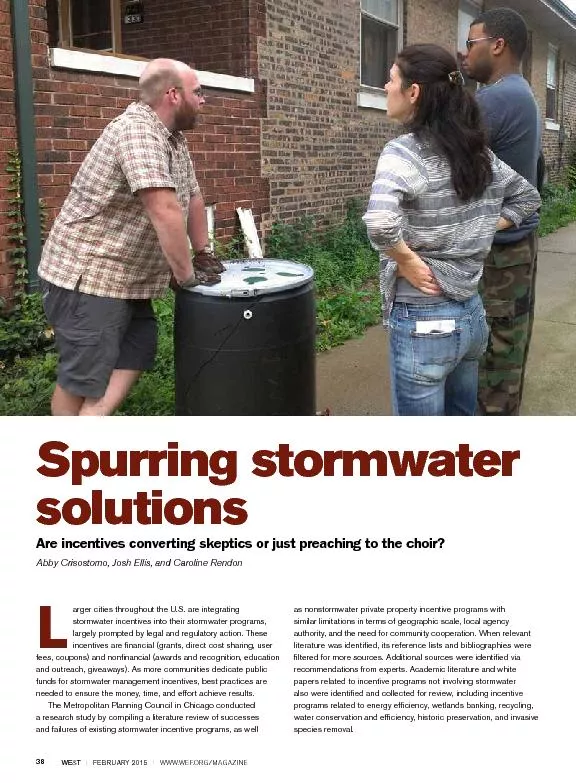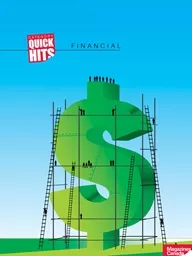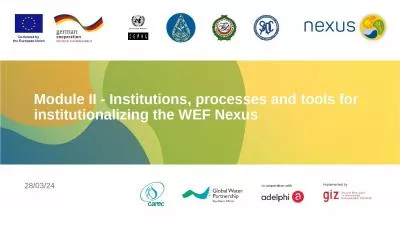PDF-FEBRUARY 2015WWW.WEF.ORG/MAGAZINE
Author : conchita-marotz | Published Date : 2016-08-06
Spurring stormwater Are incentives converting skeptics or just preaching to the choirlargely prompted by legal and regulatory action These and outreach giveaways
Presentation Embed Code
Download Presentation
Download Presentation The PPT/PDF document "FEBRUARY 2015WWW.WEF.ORG/MAGAZINE" is the property of its rightful owner. Permission is granted to download and print the materials on this website for personal, non-commercial use only, and to display it on your personal computer provided you do not modify the materials and that you retain all copyright notices contained in the materials. By downloading content from our website, you accept the terms of this agreement.
FEBRUARY 2015WWW.WEF.ORG/MAGAZINE: Transcript
Download Rules Of Document
"FEBRUARY 2015WWW.WEF.ORG/MAGAZINE"The content belongs to its owner. You may download and print it for personal use, without modification, and keep all copyright notices. By downloading, you agree to these terms.
Related Documents














